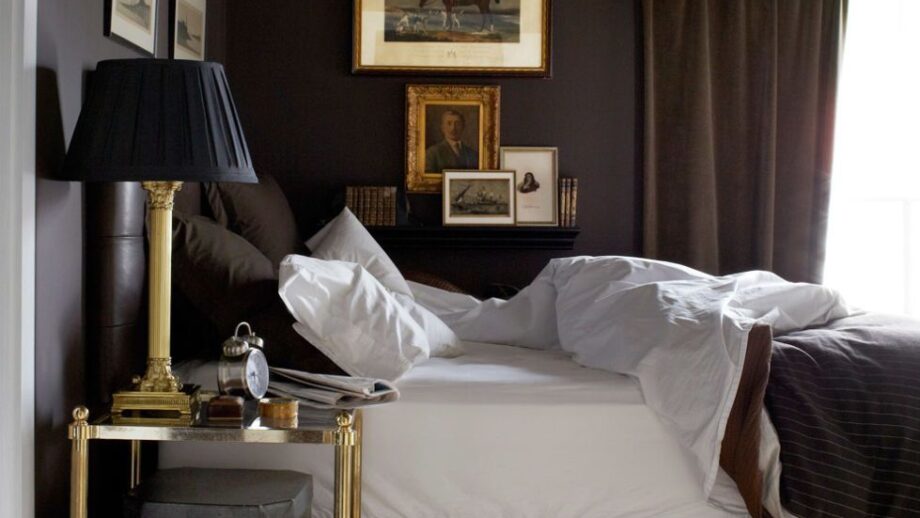Are you considering painting your walls a dark hue? If that’s the case, you’re not alone. Adding a dark accent wall to a room is a popular trend right now in interior design. It’s a terrific way to add colour and depth to an otherwise neutral room.
Dark walls, contrary to popular opinion, do not make a room feel smaller. They can deceive the sight and make small spaces appear larger.
Painting a dark colour on a room or accent wall can be scary, but there are a few strategies you can use to make the process go more smoothly.
Try It In A Small Space First
Start with a smaller space to ensure you like the aesthetic before painting a living room or bedroom a dark colour. Starting with a small bathroom, entryway, or office is a smart idea.
Know Your Natural Light
Before you start painting, make sure you test your colour choices at different times of the day. If your room receives a lot of light, you may need to choose a darker colour because the natural light will wash it away.
Prep the Walls Properly
Because dark walls are unforgiving, make sure they’re properly prepared before you begin painting. Fill any gaps in the wall with a spackle to make it entirely smooth. Repair any larger sheetrock holes or damage properly… this is much more difficult to do after the painting has been completed.
After that, ensure that any plates around electrical outlets are removed. You should also take your time and thoroughly tape the walls. Dark paint should not be applied to lighter surfaces. As per Sure pro painting.
Don’t Forget The Primer
Painting dark walls takes time, and two to three coats of paint may be required. Using a dark-tinted primer first can help you save time when painting. If you’re painting over a light-coloured wall, this is especially important because the colour will try to seep through the dark paint and accentuate any spots you missed.


